It may not have the Incan history of Peru, the Mayan ruins of Mexico, the beaches or Brazil, nor the natural attractions of Chile, but Argentina – specifically Buenos Aires – is an underrated destination for travellers of all ages. There is simply something for everyone!

I hadn’t actually planned to visit Argentina; it kind of happened at the last minute. It meant that I had to scrub Chile off my itinerary to fit it in, which annoyed me at first, but after spending 4 nights in Buenos Aires, I came to realise that as long as you enjoy your culture, and want to learn about the rich history of this city, then you will have a whale of a time here. It may be a bit expensive (at least compared to Brazilian cities like Rio or Manaus), but it’s a once in a lifetime trip for most people, and here are 10 of the very best things to see when you’re in the city of Buenos Aires.
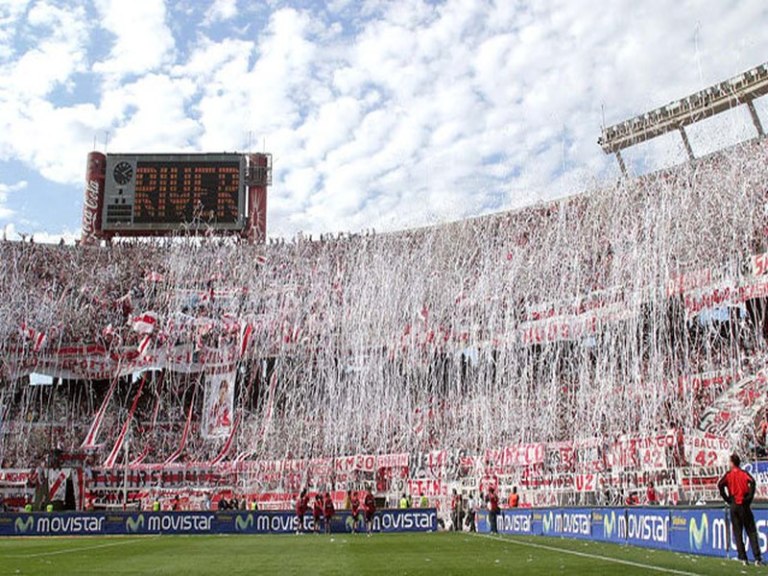
10. Estadio Monumental River Plate is a stadium in the Belgrano district of Buenos Aires, Argentina, home of the legendary football club River Plate. It was opened in 1938 and named after former club president Antonio Vespucio Liberti. It is the largest stadium in Argentina with a capacity of 67,664, and it also home of the Argentina national football team, so it’s a great way to see Lionel Messi and co.!
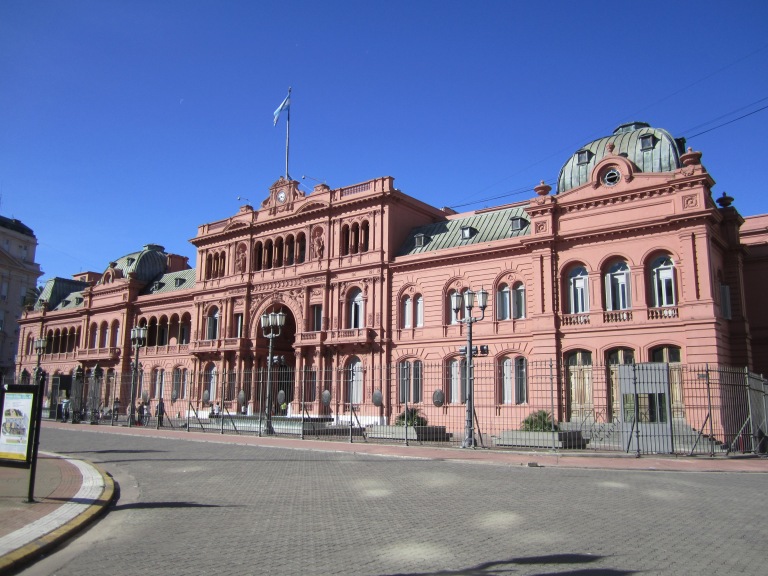
9. Casa Rosada (The Pink House) is the executive mansion and office of the President of Argentina. The characteristic colour of the Casa Rosada is baby pink, and is considered one of the most emblematic buildings in Buenos Aires. The building also houses a museum, which contains objects relating to former presidents of Argentina. It has been declared a National Historic Monument of Argentina.

8. Calle Museo Caminito means “little alley” in Spanish, and is a street museum located in the La Boca neighbourhood of Buenos Aires. The place acquired cultural significance because it inspired the music for the famous tango “Caminito” (1926), composed by Juan de Dios Filiberto.
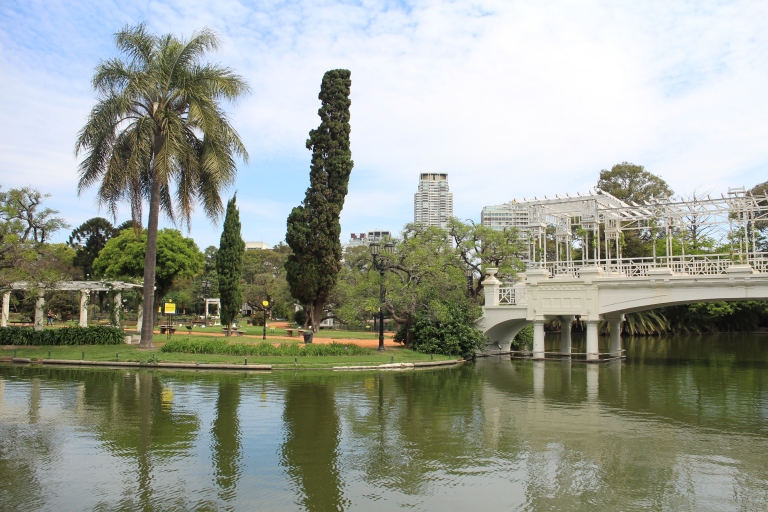
7. Bosques de Palermo is an urban park of approximately about 989 acres located in the neighbourhood of Palermo in Buenos Aires, Argentina. Located between Libertador and Figueroa Alcorta Avenues, it is known for its groves, lakes, and rose gardens. It also contains a zoo and a Japanese garden.
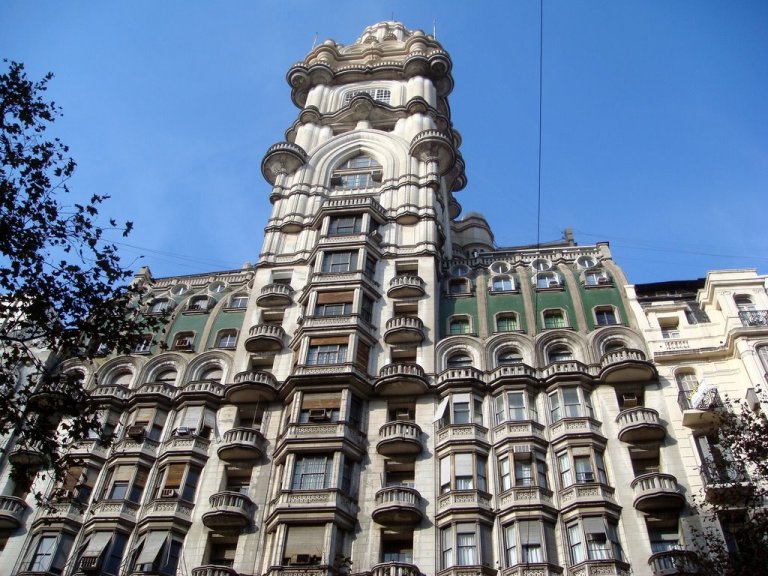
6. Palacio Barolo is a landmark office building, located in the neighbourhood of Monserrat. When it was built it was the tallest building in South America. Its twin brother, Palacio Salvo, is a building designed and erected in Eclectic style, but of greater height, built by the same architect in Montevideo, Uruguay. Palacio Barolo was declared a national historic monument in 1997. Currently, the building features a Spanish school for foreigners, a store that sells clothes for tango, as well as offices and studios for hire.
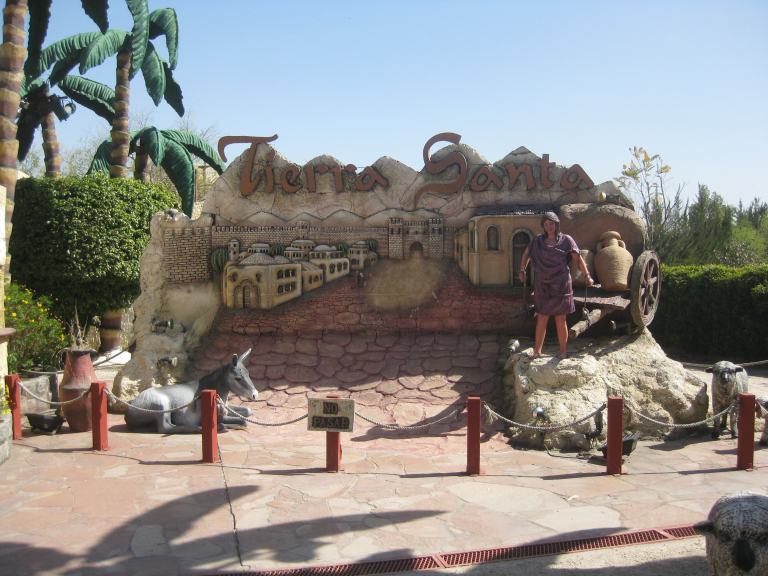
5. Tierra Santa is a large reproduction where visitors can walk the streets of Biblical Jerusalem, living step by step scenes from the life of Jesus as described in the Bible. Cultures represented include Christians, Jews, and Romans. A 40ft Jesus rises from behind a rock every hour, on the hour. The park also includes statues of several 20th century historical figures such as Pope John Paul II and Mother Teresa.
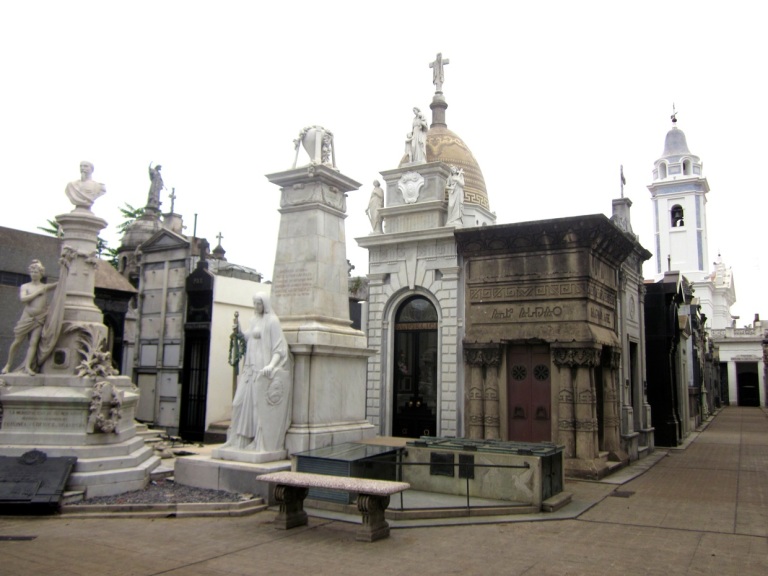
4. Recoleta Cemetery is a cemetery located in the Recoleta neighbourhood of Buenos Aires. It contains the graves of notable people, including Eva Perón, presidents of Argentina, Nobel Prize winners, the founder of the Argentine Navy and a granddaughter of Napoleon. Set in over 14 acres, the site contains nearly 5000 vaults, all above ground, of which 94 have been declared National Historical Monuments by the Argentine government and are protected by the state. The cemetery contains many elaborate marble mausoleums, decorated with statues, in a wide variety of architectural styles such as Art Deco, Art Nouveau, Baroque, and Neo-Gothic.
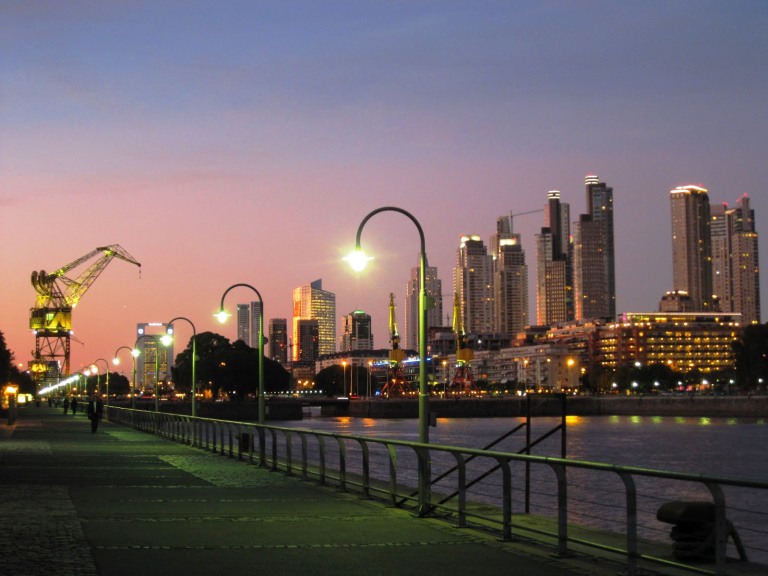
3. Puerto Madero is a waterfront section of the Buenos Aires CBD, occupying a significant portion of the Río de la Plata riverbank and representing the latest architectural trends in the city of Buenos Aires. Among other things, it contains bridges and ecological reserves.
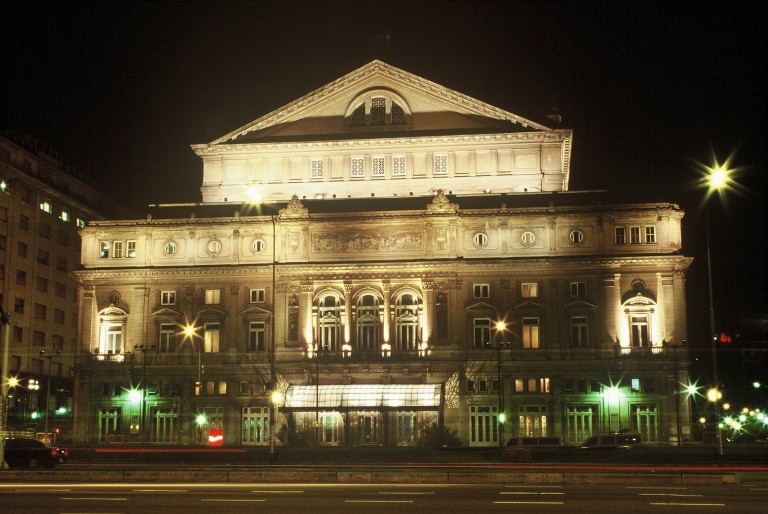
2. Teatro Colon is the main opera house in Buenos Aires, Argentina. The present Colón replaced an original theatre which opened in 1857. Towards the end of the century it became clear that a new theatre was needed and, after a 20-year process, the present theatre opened on 25 May 1908, with Giuseppe Verdi’s Aïda. The auditorium is horseshoe-shaped, has 2,487 seats, standing room for 1,000, and a stage which is 20m wide, 15m high and 20m deep. The Colon’s acoustics are considered to be so good as to place it in the top five performance venues in the world.

1. Avenida de 9 Julio is the widest avenue in the world. Its name honors Argentina’s Independence Day, July 9, 1816. The avenue runs roughly 1km to the west of the Río de la Plata waterfront, from the Retiro district in the north to Constitución station in the south. The avenue has seven lanes in each direction and is flanked on either side by parallel streets of two lanes each. There are plenty of shops, restaurants, bars, and cinemas in the vicinity, which makes this area the ultimate hotspot in Buenos Aires!


We absolutely loved Buenos Aires. Such an interesting and exciting city though I have to admit to not seeing a number of these places. We did however visit the most incredible book shop http://wp.me/p1dZ95-5H and for me the highlight of the city was the people and the food.
LikeLike
In many ways, it’s quite hard compiling a list of 10 attractions in Buenos Aires, as there isn’t too many MUST DO things in the city. However, with a bit of research, everybody can find something for them! And I agree with you about the people and the food. I encountered friendly locals and plenty of steak and dulce de leche, how can you go wrong? 😀
LikeLike
The steaks were great 🙂 Did you travel elsewhere in Argentina?
LikeLike
Only Buenos Aires. I would like to visit the Andes regions, and Salta (north west I think) one day.
LikeLike
The Andes are nice, though best seen by way of the Bolivian Altiplano in my opinion. Salta is a lovely city but I preferred Mendoza further south. Great country though, despite the lengthy bus journeys!
LikeLiked by 1 person
would love to visit this city. read somewhere it’s more of a European city than a Latin one. did you learn to dance tango? 😉
LikeLiked by 1 person
It is a great city, and I ate some steak, rode a few horses, drank some wine, but nah, didn’t do any dancing 😛
LikeLike